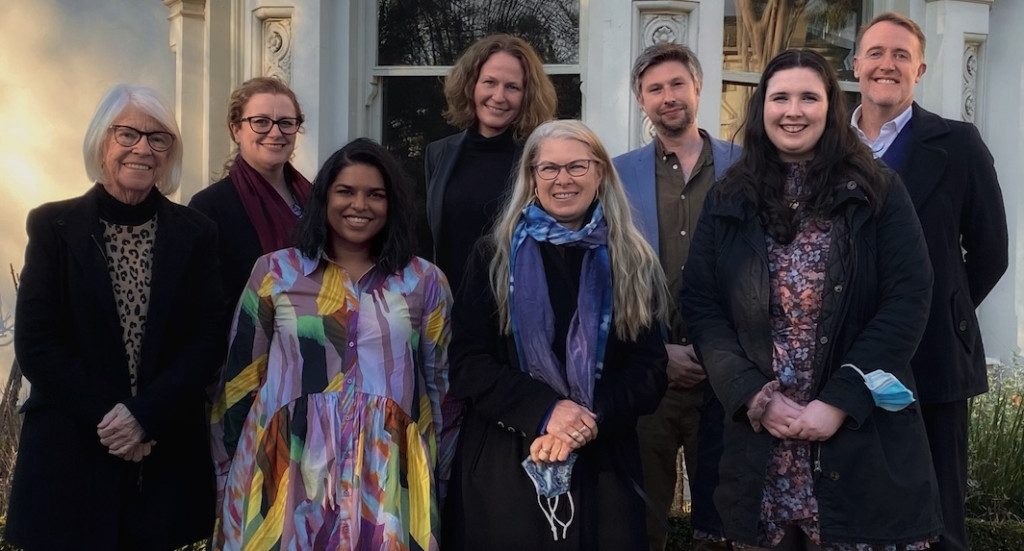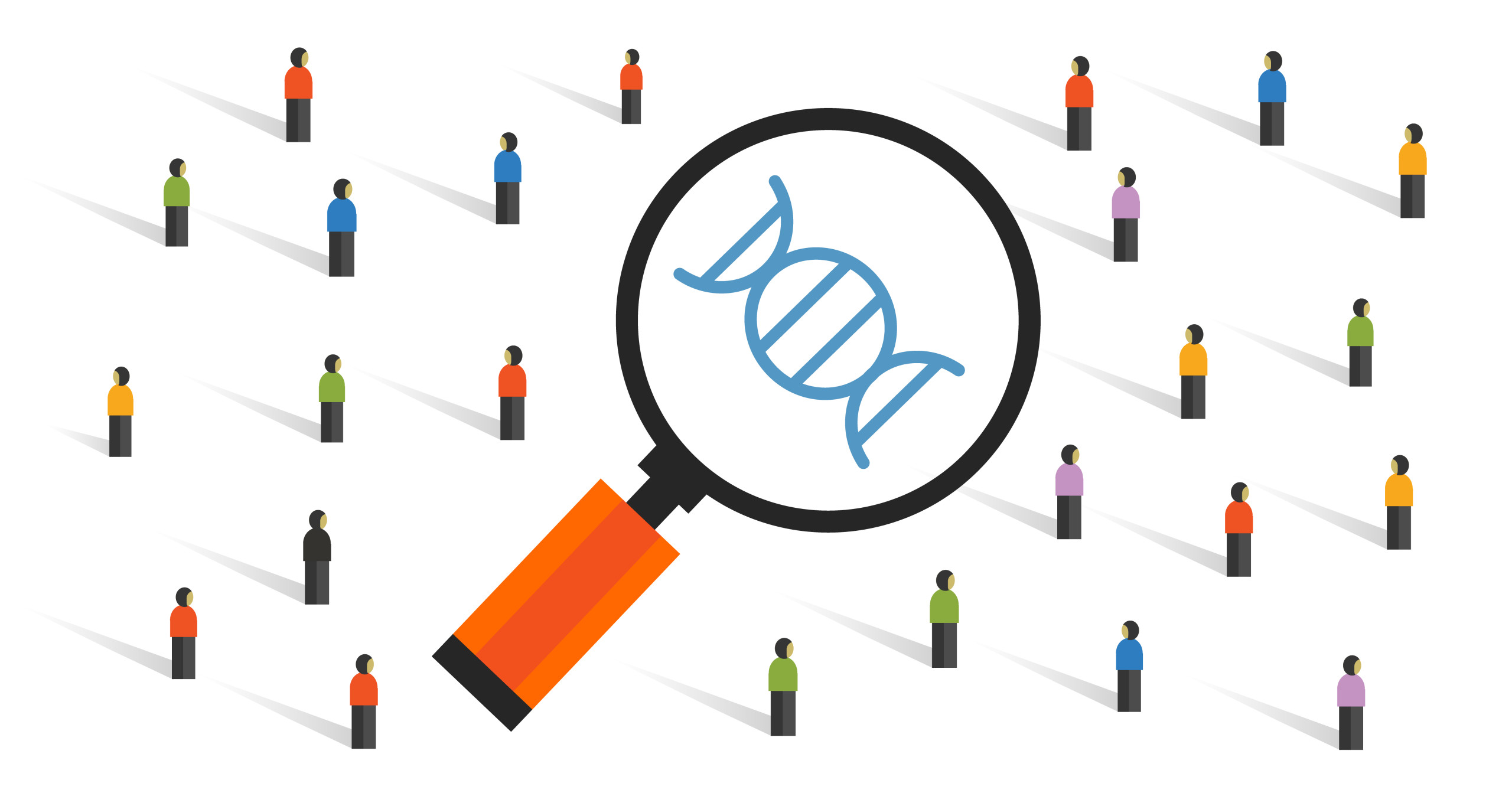Becoming Involved in Research
The involvement of community members in the actual process and design of health research would be much more prevalent if people were aware they could do it, an Australian Genomics study has found.
While many people know they can be a “participant” in a study (having their health data collected), they are less aware of the opportunities for being involved at a decision-making level, such as with recruitment, data analysis, project design, and priority setting.
The findings emerged from a survey of public perceptions of health research conducted as part of the Involve Australia project, which aims to promote meaningful, responsible and effective community involvement in genomic research.

L-R: Anne McKenzie, Fiona Russo, Keri Finlay, Tiff Boughtwood, Monica Ferrie, Jack Nunn, Isabella Sherburn and Sean Murray.
Absent from photo: John Cannings and Greg Pratt.
The project is partnering with patient support and advocacy groups, Indigenous community members, patients and carers, interested members of the public, genomic researchers and clinicians.
The first stage is to develop practical guidelines for researchers to use when they are involving community members in their research.
The National Health and Medical Research Council states that involving community members in research:
- enables research that is relevant to the community
- raises public awareness and support of research, and
- can lead to improved translation of findings into the health system leading to better health outcomes

